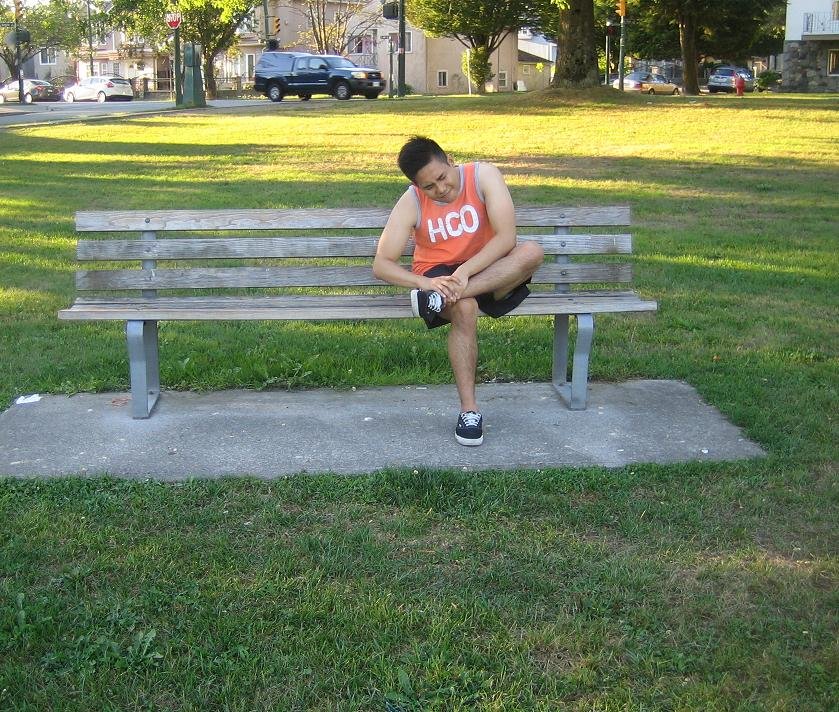Bursitis is inflammation of the bursa which is a small sac that is filled with fluid and they found between the bone and tendon near a joint. They function as shock absorbers between the bone and tendon while doing activities. A tendon is a cord or an end of a muscle which is attached to the bone. Ankle bursitis is a type of bursitis where the bursa found between the Achilles tendon and the heel bone becomes inflamed.
Causes of ankle bursitis
- Engaging in exercises in an odd way can put strain on the heels and tendon which will further irritate ankle bursitis.
- Pressure placed on the ankles and heels while playing or walking on uneven surface.
- Wearing ill-fitting shoes which rubs constantly against the heel bone
- Boils, abscess and skin infections
- Rheumatoid arthritis and gout
- Falling from a height while playing and landing on a surface that is hard.
- Playing sports that requires repetitive movements such as running, jumping, and jogging.

Symptoms
- There is a limited movement of the ankle joint
- A limping manner while walking
- The back of the heel feels warm, tender and there is pain at the back of the heel that worsens when walking for the first time after sitting or sleeping for long periods of time.
- The back of the heel is swelling and red in color. If it becomes persistent, the swelling becomes hard and reddish for a long time.
Treatment and home remedies
- Rest the ankle joint for quick recovery of ankle bursitis. Stay in bed for a couple of days and avoid placing pressure on the affected area since it will minimize the swelling and pain as well as prevent the worsening of bursitis.
- Apply an ice pack or cold compress in order to minimize inflammation by constricting the blood vessels.
- After 2-3 days, apply hot compress using a heating pad or a bottle that is filled with hot water. An alternative is to immerse the leg in a bucket that contains warm water.
- Use heel pads that are inserted in the shoes to give comfort to the heel bone.
- Take anti-inflammatory medications if pain and swelling is severe and if infection is present, antibiotics are given.
- Gradually stretch the calf muscles in order to increase the flexibility.
- Massage the affected area using coconut oil or olive oil in order to relieve ankle bursitis but avoid doing it vigorously.
- Mix turmeric powder in a teaspoon of honey since turmeric has natural anti-inflammatory properties that help in minimizing swelling and pain caused by the condition.
The recovery period of ankle bursitis will depend on the severity of the disease. With proper treatment, the individual will feel better within a week but it will take several weeks if there is an underlying condition such as rheumatoid arthritis. To learn to recognize and manage ankle injuries and conditions, enroll in a first aid course today.
FACT CHECK
https://www.drugs.com/cg/ankle-bursitis.html
